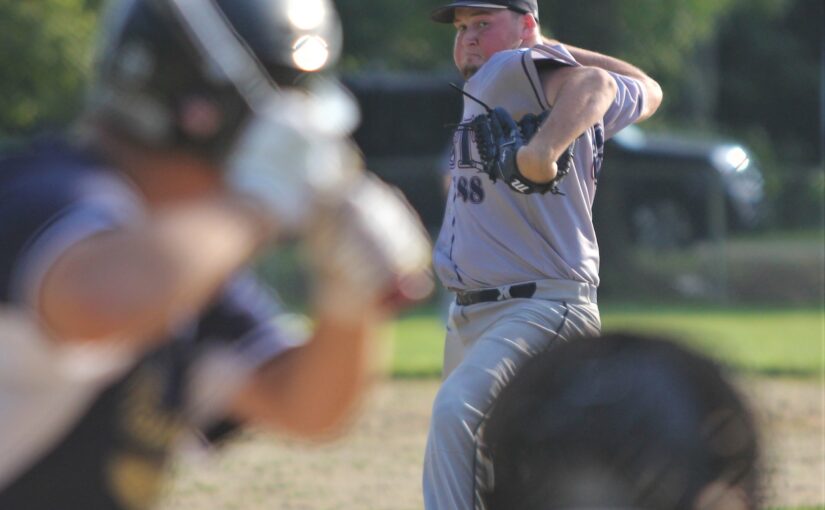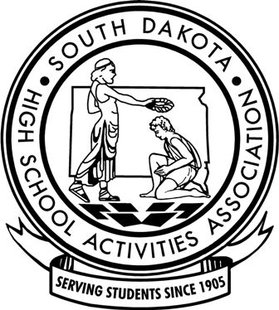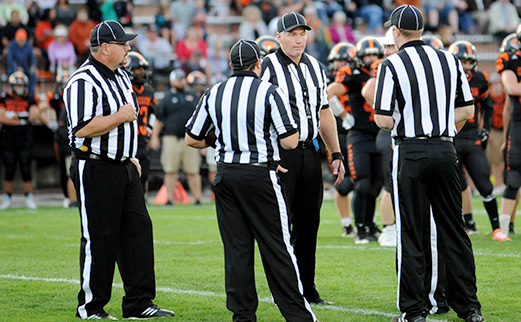Penn State Applications Expected To Drop As Much As 10 Percent
http://www.pennlive.com/midstate/index.ssf/2012/12/penn_state_admission.html
The returns are early, and somewhat sketchy, and a lot could change.But through mid-November, applications for undergraduate admission to Penn State University were lagging significantly behind prior year numbers. And if the trend continues, university officials expect a year-over-year drop of as much as 10 percent.
Executive Director for Admissions Anne Rohrbach said in an interview last week that the university projects an applicant pool for 2013-14 — the first full admissions cycle in the post-Jerry Sandusky, post-Joe Paterno era — of about 70,000.
Looked at in a light most favorable to Penn State, that would be the university’s fourth-best total ever.
But on the other hand, it also would be a one-year drop of 12.7 percent from the 78,873 applications received last year.
That raises two important questions: Is the dip an echo from the Sandusky child sex scandal? Or is the university just a statistical victim of its own success, because undergraduate applications were at an all-time high in 2012?
David Hawkins, director of research for the National Association of College Admissions Counselors, noted it might be the latter. He said that a quarter to a third of all schools typically experience a decline in admissions in a given year, even when national applications are trending up.
After a string of robust increases in applicants since 2005, this could, he surmised, simply be Penn State’s year.
Penn State officials seem to be sending mixed messages.
They are involved in aggressive marketing designed to rebuild the school’s image. And trustees Chairwoman Karen Peetz, as recently as last week, referred to President Rodney Erickson having led the school through “one of the most difficult [years] in the history of Penn State.”
At the same time, Penn State admissions officials and other experts caution there are other factors at play:
• A declining pool of college-bound seniors in Pennsylvania, still Penn State’s prime market.
• A collegiate market place that might be showing signs, if only slightly, of swinging back toward private schools after a brutal recession that played to four-year public schools’ strengths: lower costs.
• Signs of slowing in the trend of some students flooding schools with multiple applications.
One university spokesman, pointing to a flood of 8,000 undergraduate applications received the week after Thanksgiving, even raised the possibility that Hurricane Sandy had slowed the process for a significant number of East Coast families this year.
For all of that, one leading higher education consultant apprised of the November report said it’s hard to ignore Sandusky. Penn State officials need to be wary of continued fallout from the scandal, especially given the coming criminal trials of former President Graham Spanier and other administrators and the long tail of the NCAA sanctions against the football program.
Spanier, Athletic Director-on leave Tim Curley and retired Senior Vice President Gary Schultz are charged with trying to conceal sexual allegations against Sandusky.
Sandusky is serving a decades-long prison sentence after his conviction for sexual abuse of 10 boys. He is appealing the conviction.
“This is not just a little blip,” said Barmak Nassirian, a higher education consultant in Washington. “In my opinion, the drumbeat of horrific news has turned a bunch of people off. That’s the thesis someone has to disprove.”
Nassirian says that because he believes a 10 percent dip noted in November’s projections is too great to be explained by long-term demographic shifts in Pennsylvania. He also noted that the troubled economy has driven families to lower-cost public schools, including Penn State, in record numbers.
Penn State said total applications had hit 45,000 by Dec. 17, but they were not able to provide a more recent year-to-year comparison for this story.
In another potential ray of sunshine for Penn State, Erickson said via email that the number of students indicating they will accept offers of admission is ahead of last year’s pace, suggesting those most intent on going to Penn State have not been fallen away. The university did not provide any data to corroborate that claim.
In the midstate — prime Nittany Lion breeding grounds — it still feels pretty normal.
High school seniors here said they were making their decisions on other factors entirely, including the big school vs. small school question; strengths in the major they are considering; and whether they got good vibes from a campus visit.
Sami Schug, a senior at Lower Dauphin High School, has applied to Penn State and has been accepted to the State College campus.
While she might not go — other applications are pending — Schug said the Sandusky case has never really entered her thinking.
“That was just a couple of people at the school, and I don’t think it’s necessarily reflective of the school” as a whole, Schug said this week.
“A lot of people in my senior class seem like they are applying to Penn State,” added Evan Savage, a senior at Cedar Cliff High School who has been accepted at main campus and is waiting to hear about admittance to the Schreyer Honors College. “No one really seems hindered by it.”
Penn State admissions officials, meanwhile, are careful about the Sandusky question.
Erickson, at the Nov. 16 trustees meeting, reported that approximately 27,000 undergraduate applications had been received.
“Although somewhat down from the record numbers seen in the last couple of years, and approximately at the pace in 2009, we are on track to admit another outstanding class rich in geographic diversity,” Erickson said. In 2009, the university took in 69,507 applications.
Rohrbach, pointing to a survey of students who decided against Penn State last year, said cost and affordability emerged as the top concerns.
The admissions office also stresses that there is a shrinking pool of Pennsylvania high schoolers: The university says state Department of Education data show a projected decline of 7.8 percent in the number of high school graduates between 2011 and 2017.
The scandal?
It’s not that it’s being ignored.
Penn State is fighting back by asking its students to visit their high schools during breaks and make themselves available to talk up the Penn State experience to anyone with interest, and maybe dispel rumors about how Sandusky has changed things.
For the benefit of student recruiting, current students and recent alumni, the school has embarked on a large-scale public relations campaign designed to reinforce many of Penn State’s strengths. And online marketing has been bolstered.
But Rohrbach was confident enough last week to say that she believes “we’ve lived through the worst and we’re moving ahead.”
To a school such as Penn State, the admissions chase is not so much a matter of survival — the school has more than enough applicants to fill its dorm rooms and desks — as it is part of keeping to academic standards that have Penn State ranked fairly well among the nation’s largest universities.
“The real issue is whether they can sustain the kind of excellence to which they aspire,” Nassirian said.
He and others agree that the fundamentals are strong.
In the latest U.S. News & World Report ranking of America’s best major universities, Penn State’s University Park campus is tied for 46th with the likes of the Universities of Texas, Illinois and Washington. It also has consistently made The Princeton Review’s list of the nation’s best 377 colleges.
According to the College Board, which administers the SAT, as many Pennsylvania students request their College Board scores be sent to Penn State as the University of Pittsburgh and Temple University — second and third on the list — combined.
Still, a sustained drop in admissions numbers could force a school into accepting students with lesser academic credentials, which over time can lead to a change in its reputation.
Nassirian said that for those reasons, Penn Staters should — and he expects they do — want to understand what is going on and address it, even if it includes rethinking the traditional sales pitches springing from all pride in the Paterno-era football program that so infused the university’s culture.
“You can’t sleepwalk through this,” he said. “This is really an institutional challenge in terms of explaining yourself to the public in a way that restores trust and a sense of the positive feeling that has historically characterized Penn State.”







